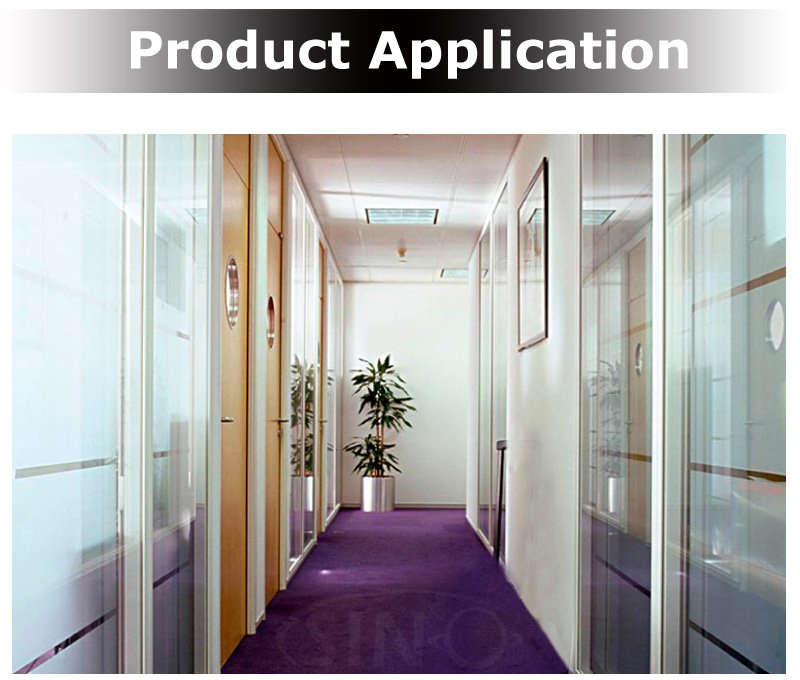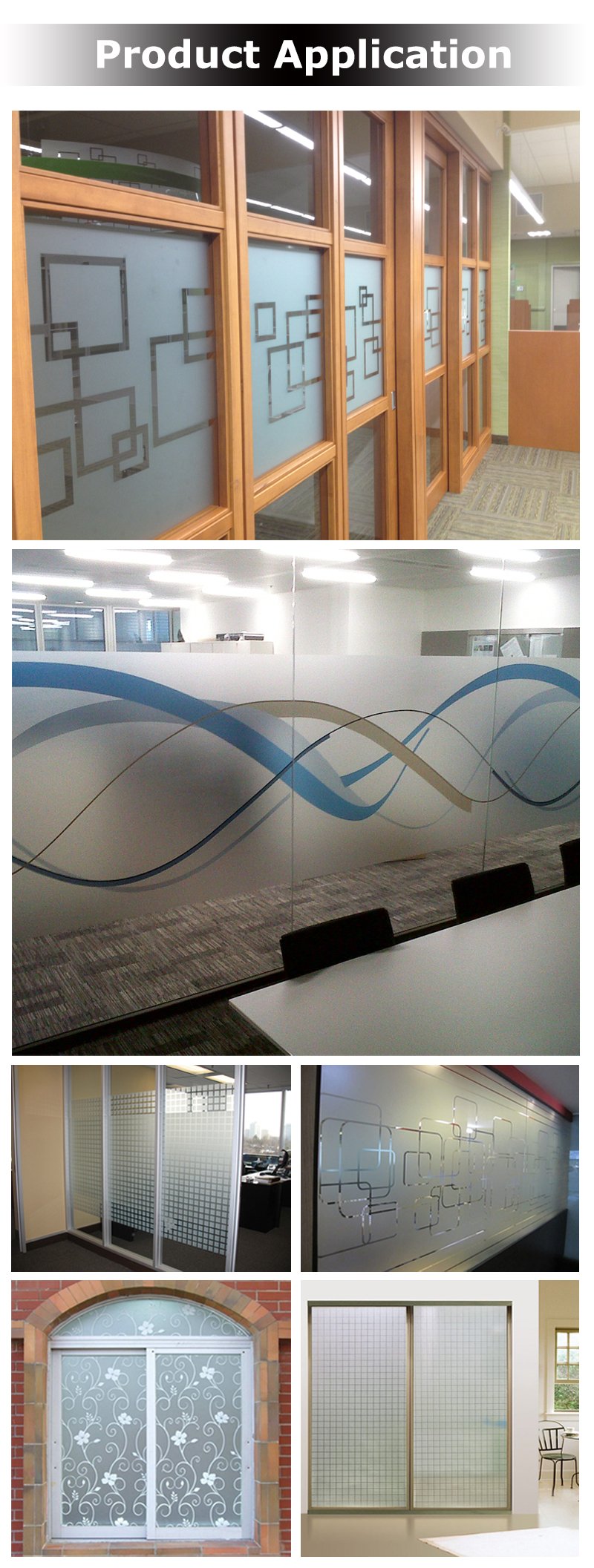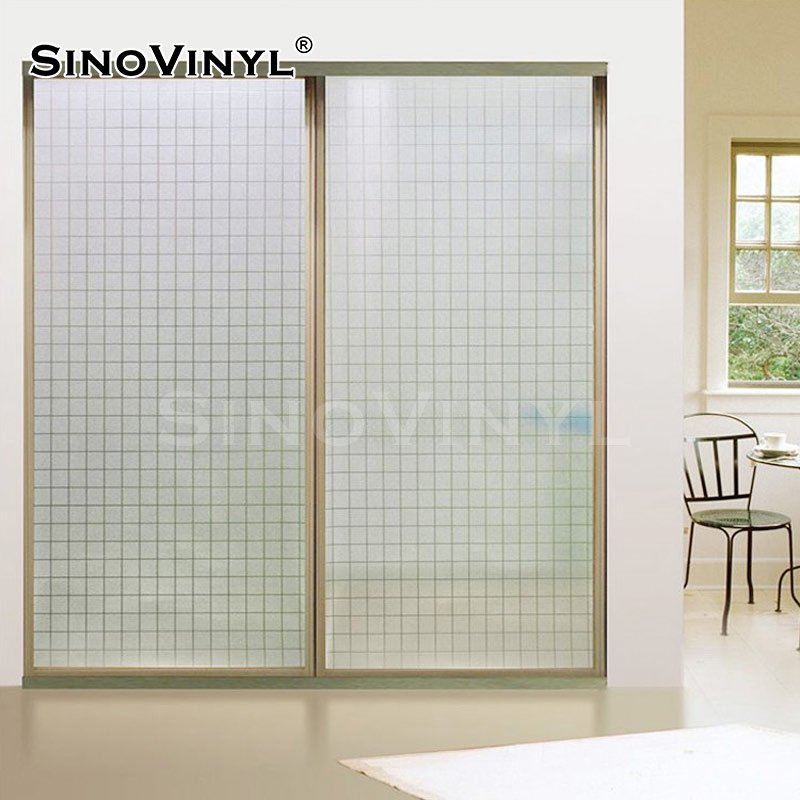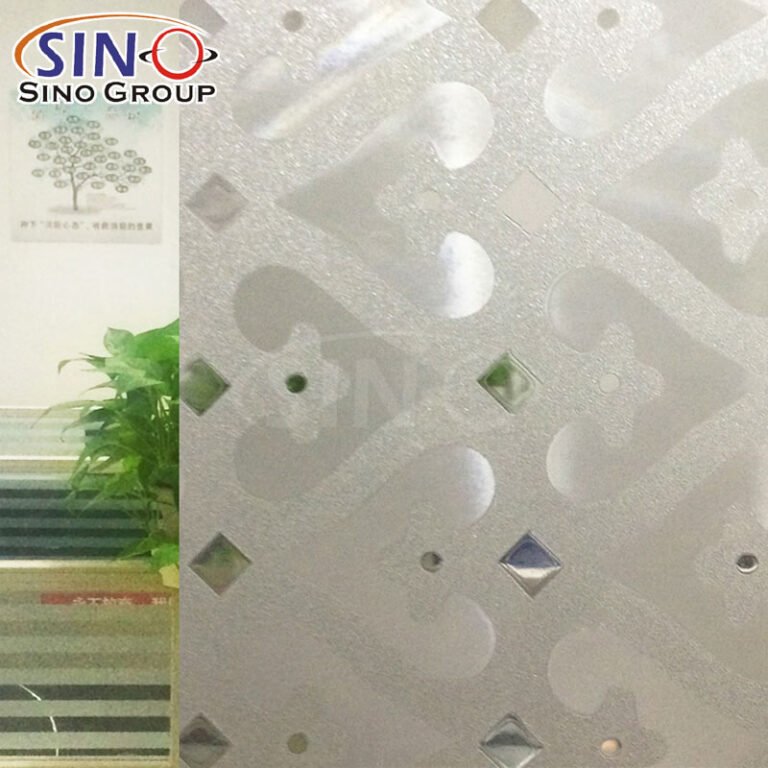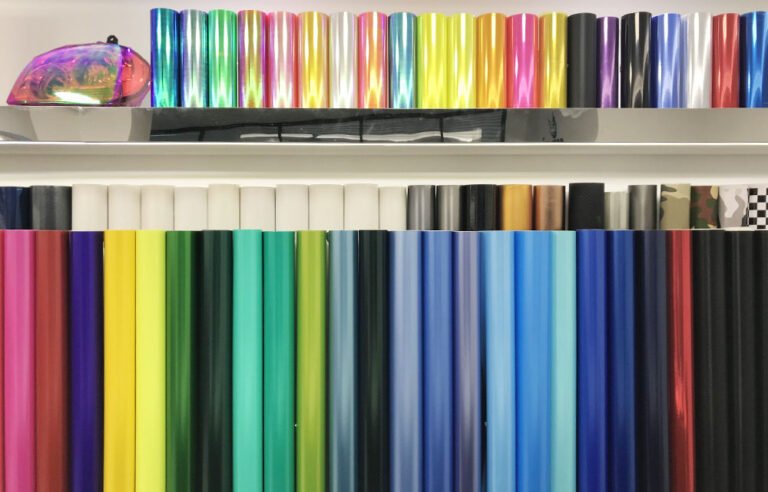Signs You Need Vinyl Window Glass Replacement
Knowing the signs that indicate you need vinyl window glass replacement is crucial to maintain the comfort, energy efficiency, and aesthetics of your home. Here are some common signs to watch out for:
1. Visible cracks or chips
If you notice cracks, chips, or breaks in your vinyl window glass, it’s a clear indication that replacement is necessary. These flaws not only compromise the window’s structural integrity but also reduce its ability to insulate and protect your home from the elements.
2. Condensation between glass panes
If you have double or triple-pane vinyl windows and notice foggy condensation forming between the glass layers, it indicates a broken seal. This allows moisture to seep in, leading to reduced energy efficiency and potential mold growth.
3. Drafts or air leaks
When you feel drafts near your windows, even when they are closed, it suggests that the window’s seals are failing. Air leaks can lead to energy loss, making your heating and cooling systems less effective and increasing your energy bills.
4. Difficulty in opening or closing
If your vinyl windows become hard to open or close, it could be due to damaged hardware or a warped frame. Operating windows with such issues may further damage the glass or compromise the security of your home.
5. Increased outside noise
Deteriorating vinyl window glass may not provide proper sound insulation, allowing external noises to disturb your indoor space. New replacement glass can significantly reduce noise transmission.
6. Fading or discoloration
Over time, exposure to sunlight can cause vinyl window glass to fade or develop discoloration, affecting the appearance of your home. Replacing the glass can restore the window’s aesthetic appeal.
7. High energy bills
If you notice a sudden increase in your energy bills, it could be a sign that your windows are not effectively insulating your home. Faulty or damaged glass can lead to energy wastage, making your HVAC system work harder to maintain indoor comfort.
8. Safety concerns
Cracked or shattered glass poses safety risks to occupants, especially if there are children or pets in the house. It’s essential to address these issues promptly to avoid potential accidents.
If you encounter any of these signs, it’s advisable to consult a professional window replacement company to assess the condition of your vinyl windows. They can help determine whether vinyl window glass replacement is the appropriate solution or if a full window replacement might be necessary. Replacing damaged or inefficient glass will not only restore the functionality of your windows but also improve your home’s energy efficiency and overall comfort.
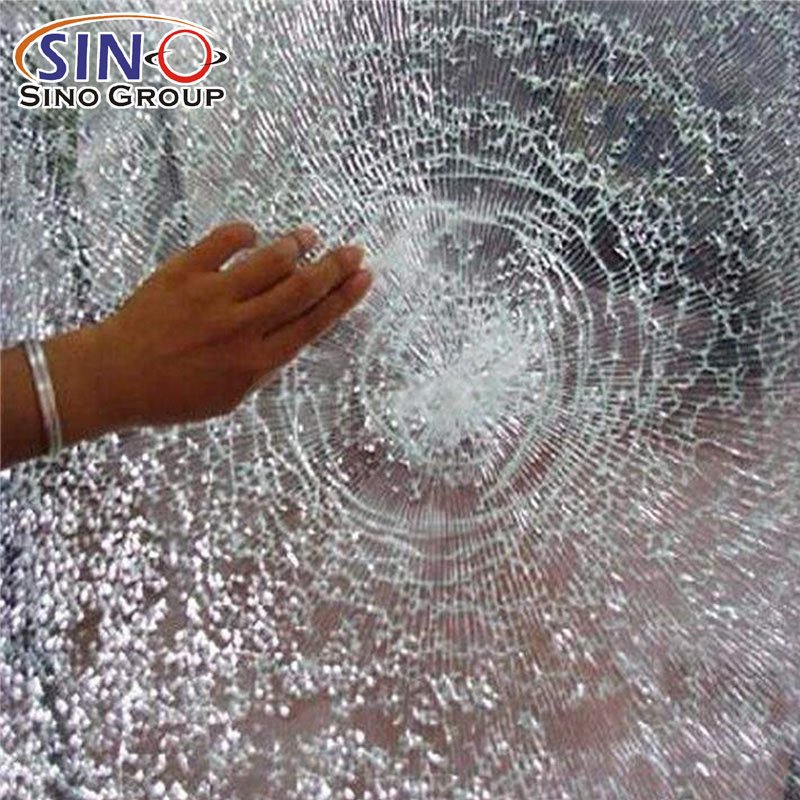
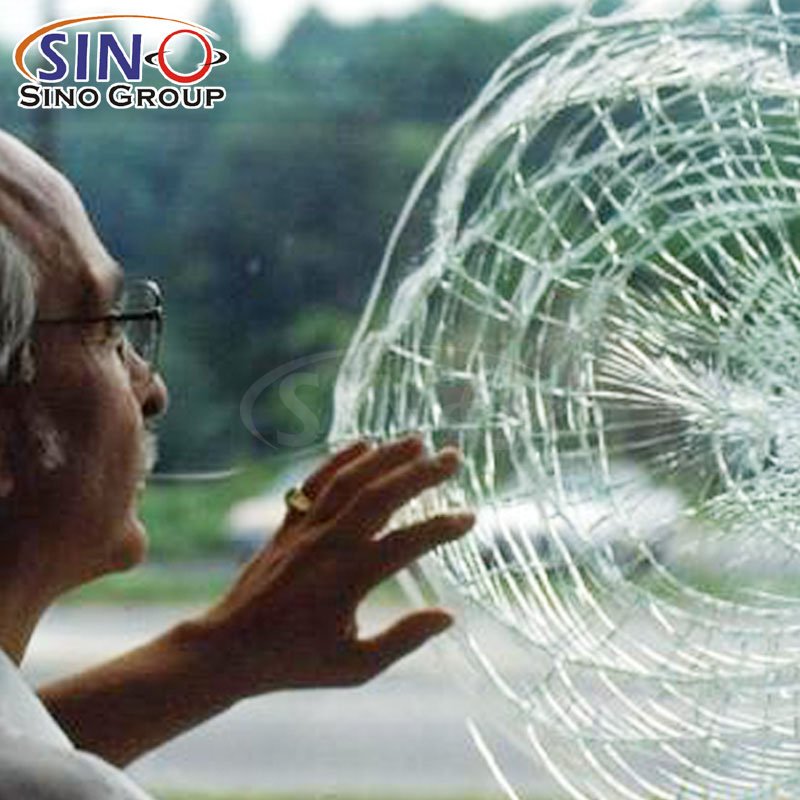
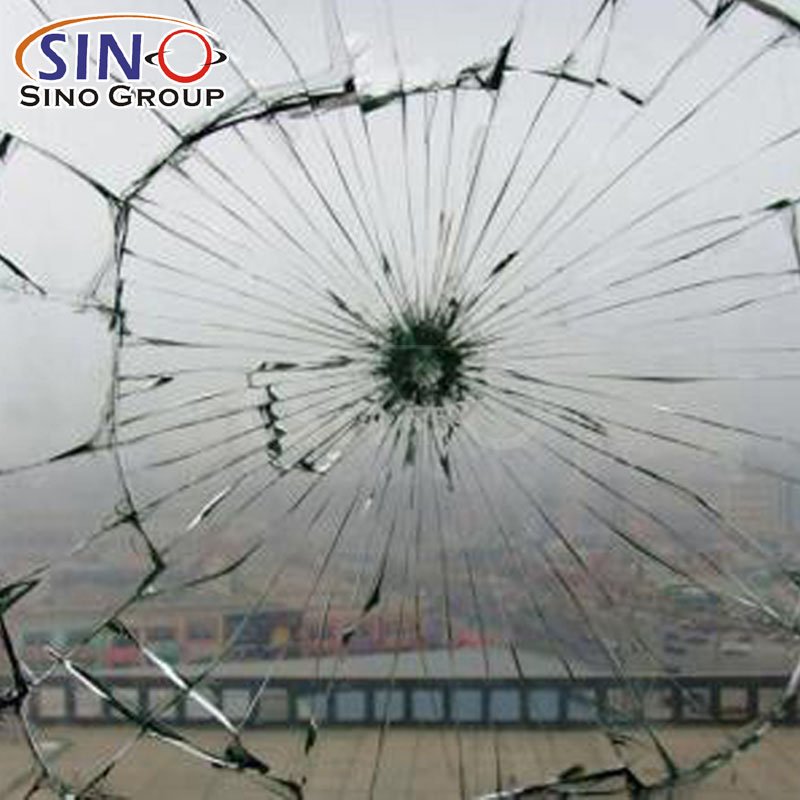
DIY Tips for Vinyl Window Glass Replacement
Here are some DIY tips for vinyl window glass replacement:
1. Safety First
Before starting the replacement process, wear safety goggles and gloves to protect your eyes and hands from any glass shards.
2. Measure Accurately
Measure the dimensions of the glass accurately before purchasing the replacement. Measure both the height and width and ensure it matches the size of the existing glass.
3. Gather Necessary Tools
Make sure you have all the necessary tools handy, such as a putty knife, glazing points, glazing compound, caulk gun, and a rubber mallet.
4. Remove Broken Glass
Use a putty knife to carefully remove any remaining broken glass from the frame. Be gentle to avoid damaging the vinyl frame.
5. Remove Old Glazing
Carefully remove the old glazing points and glazing compound from the frame using the putty knife.
6. Install New Glass
Place the new glass into the frame and use glazing points to hold it in place. Space the glazing points evenly around the frame to ensure a secure fit.
7. Apply Glazing Compound
Using a caulk gun, apply glazing compound around the edges of the glass to seal it to the frame. Smooth the compound using a putty knife for a neat finish.
8. Check for Proper Fit
Ensure the new glass fits snugly into the frame and is level with the surrounding glass.
9. Clean Up Excess Compound
Use a damp cloth to clean up any excess glazing compound from the frame before it dries.
10. Let It Cure
Allow the glazing compound to cure as per the manufacturer’s instructions before moving or opening the window.
11. Apply Caulk (Optional)
If needed, apply a bead of caulk around the exterior of the frame to provide additional weatherproofing.
12. Test the Window
Once the glazing compound has cured, test the window by opening and closing it to ensure it functions correctly.
13. Check for Leaks
After a few days, check for any leaks or drafts around the window. If you find any, apply additional caulk or glazing compound as needed.
14. Maintain Regularly
Keep an eye on the window and perform regular maintenance to ensure it remains in good condition.
15. Know Your Limits
If the window replacement seems too complex or beyond your skill level, don’t hesitate to seek professional help. Improper installation can lead to further damage or safety hazards.
Remember, DIY window glass replacement can be challenging, and if you have any doubts or concerns, it’s best to consult a professional for assistance. Safety and precision are crucial to achieving a successful vinyl window glass replacement.
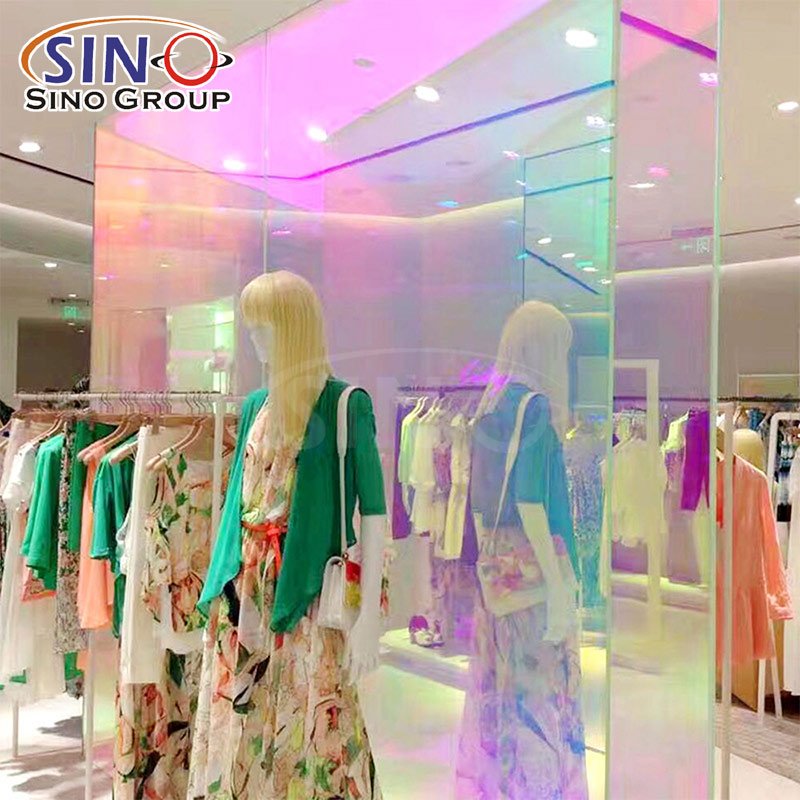
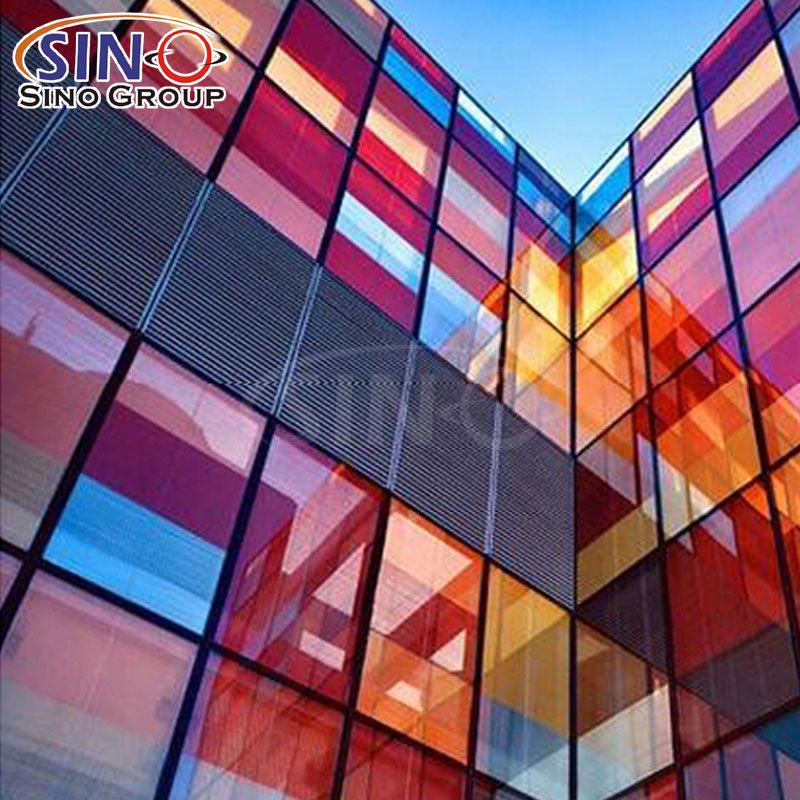
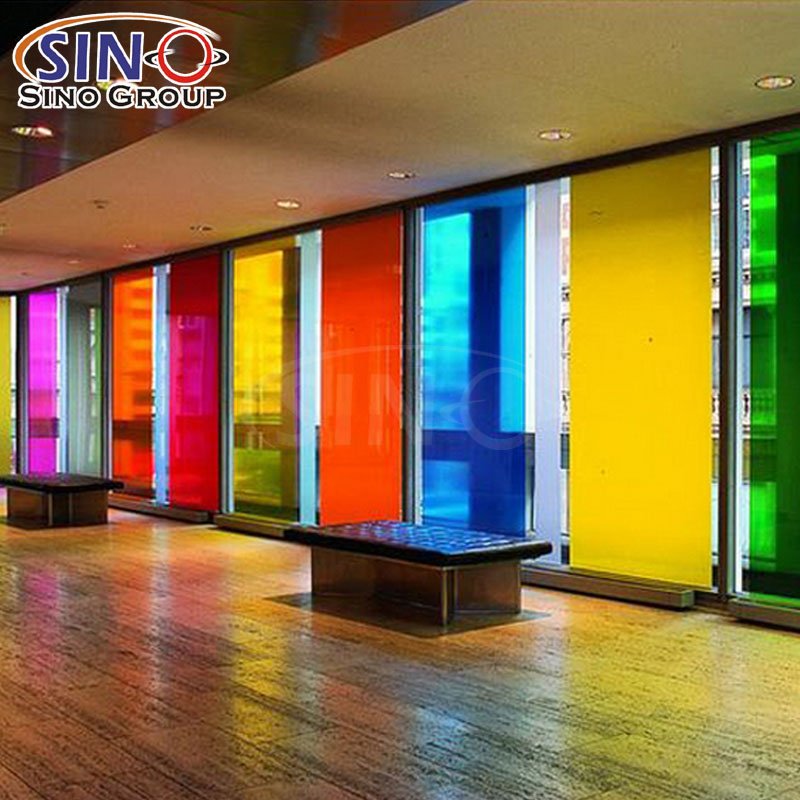
Exploring Different Types of Vinyl Window Glass
Here are some different types of vinyl window glass commonly used in residential and commercial applications:
1. Clear Glass
Standard clear glass allows maximum visibility and natural light transmission. It is the most common type used in windows.
2. Low-E Glass
Low-E (low-emissivity) glass has a special coating that helps to reflect heat back into the room, making it energy-efficient and reducing heat loss during colder months.
3. Tinted Glass
Tinted glass comes with a colored film or pigment that reduces glare and helps to block UV rays, providing some level of privacy and heat control.
4. Obscure Glass
Also known as frosted or textured glass, it has a pattern or texture that distorts visibility while allowing light to pass through. It’s often used in bathrooms or places where privacy is needed.
5. Tempered Glass
Tempered glass is treated to be stronger and more resistant to breakage. When it does break, it shatters into small, dull pieces, reducing the risk of injury.
6. Laminated Glass
Laminated glass consists of two or more layers of glass with a layer of vinyl between them. It’s highly durable and provides added security as it doesn’t shatter upon impact.
7. Acoustic Glass
Acoustic glass is designed to reduce noise transmission, making it an excellent choice for areas with high noise levels, like near airports or busy streets.
8. Safety Glass
Safety glass includes both tempered and laminated glass, designed to minimize the risk of injury during breakage.
9. Reflective Glass
Reflective glass has a metallic coating that creates a mirror-like effect on the exterior side, providing privacy and reducing heat gain from sunlight.
10. Self-Cleaning Glass
This type of glass has a special coating that breaks down dirt and grime when exposed to sunlight, making it easier to maintain.
11. Solar-Control Glass
Solar-control glass is designed to manage solar heat gain, helping to keep indoor spaces cooler in hot climates.
12. Patterned Glass
Patterned glass features decorative designs that add visual interest while offering varying degrees of privacy.
13. Energy-Efficient Glass
Energy-efficient glass combines multiple technologies like low-E coatings and gas-filled cavities to improve insulation and reduce energy consumption.
14. Fire-Rated Glass
Fire-rated glass is designed to withstand fire and heat, providing protection and allowing safe evacuation routes.
15. Decorative Glass
Decorative glass includes stained glass, beveled glass, and other artistic designs, adding aesthetic appeal to windows and doors.
These are just a few examples of the various types of vinyl window glass available in the market. Each type offers specific benefits and features, so it’s essential to choose the one that suits your specific needs and preferences.
